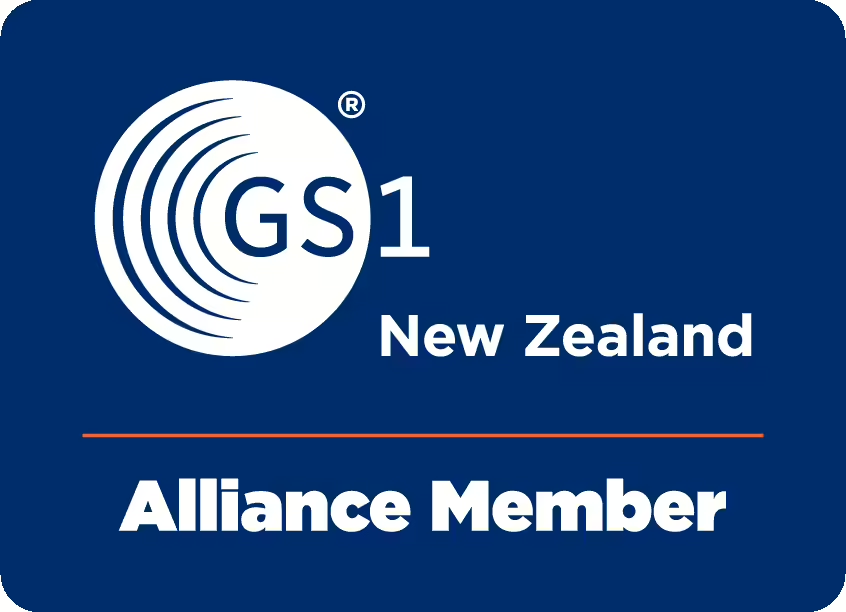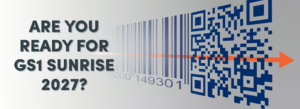We provide end-to-end 2D barcode solutions with a comprehensive product portfolio to support all your requirements.
2D Barcode Solutions for the Entire Product Lifecycle
• Print GS1-compliant 2D barcodes on any surface, inline or offline
• Protect against counterfeiting with unique product identifiers
• Enable full traceability from production to point of sale (POS)
• Engage consumers directly through QR printing solutions with dynamic landing pages
Real-world use cases, by stage
During production: enable smart manufacturing
- Print GS1-compliant 2D barcodes inline: directly on packaging, bottles, or labels.
- Add live production data like batch, expiry date, and price.
- Support dynamic pricing and better inventory control.
At the point of sale: ensure retail readiness
- Deliver fully compliant, scannable QR codes that meet GS1 Digital Link standards.
- Avoid delays, returns, or reprints by getting it right from the start.
- Connect to consumer experiences that drive loyalty and brand trust.
Across the supply chain: gain full visibility
- Make every product traceable with a unique digital identity.
- Aggregate unit-level data to the case or pallet level.
- Improve recall readiness, reduce counterfeits, and comply with global regulations.
Post-purchase: engage your customers
- Link each 2D Barcodes to dynamic, mobile-first experiences.
- Show product origin, production details, and usage tips.
- Build trust and transparency while collecting valuable insights.
Ready to Make the Shift to 2D Barcodes?
Here are four essential steps we recommend for brand owners and retailers:
①
Partner with a Solution Provider. Identify a solutions provider to help define your project. What use cases should your company pursue? Will you need new equipment or software? How much data can you embed in your QR code, and what benefits will it provide to consumers? Starting a QR project raises many questions, and various stakeholders will have their own priorities. An experienced provider will bridge the gap between technical possibilities, your needs, and your company’s goals.
②
Define Use Cases and Objectives. Clarify the use cases and goals for your 2D barcode application. QR codes now serve beyond mere marketing; consider their role across the entire supply chain. The 2D barcode can accommodate multiple use cases in a single code, allowing for different digital experiences based on whether the manufacturer, distributor, or consumer scans it, as well as the scanning device used.
③
Establish a Data Management and Integration Model. Develop a data management model that ensures two-way connectivity for capturing, displaying, and monitoring data. Data must flow seamlessly throughout the supply chain, integrating with producers, production lines, MES, ERP, CRM, and other digital systems while adhering to safety and integrity regulations.
④
Choose Between Static or Dynamic Data. Evaluate your production line to determine whether to use static or dynamic data. Most current printing technologies can produce 2D codes, but the choice depends on the embedded data, serialisation needs, and size. For instance, if you only need a static GTIN, pre-printed labels may suffice. However, for customised, serialised, and live data, inline printing is recommended for simplicity. Your solution provider will assist in selecting the best technology.
A connected QR code is an opportunity to rethink your consumer engagement strategies. The integration of 2D codes into product packaging can be transformative. Imagine eliminating the need to include lengthy ingredient lists in multiple languages, freeing up design space. This allows for SKU inventory optimisation and, in some cases, the possibility of reducing packaging materials altogether. The future of packaging offers new avenues for engaging consumers, upselling, and providing enhanced experiences, all while gathering valuable purchase data.



